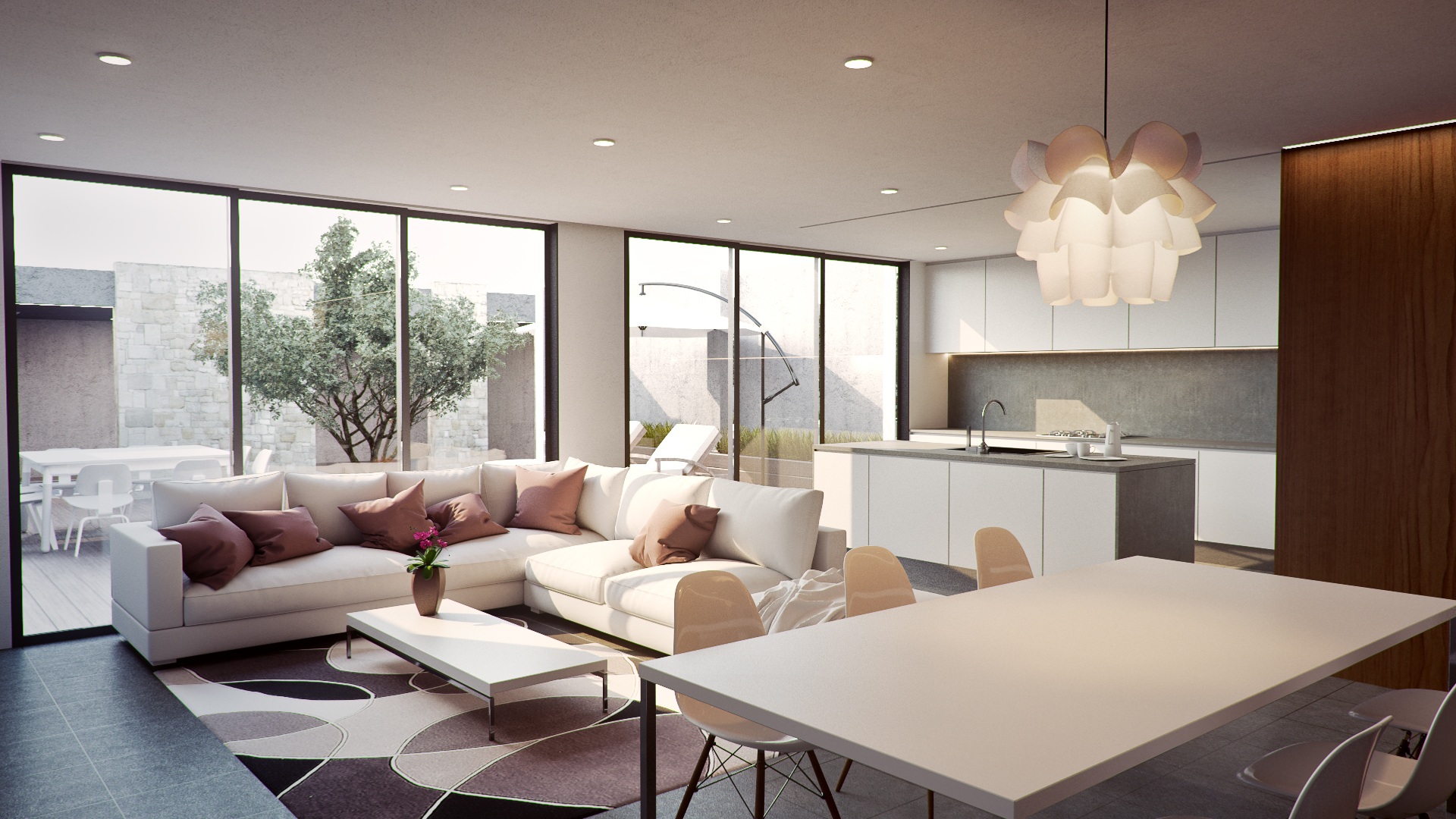Sustainability continues to be a key focus for the construction industry in Australia, with homeowners, developers, investors and builders recognising the importance of creating homes that don’t adversely impact the surrounding environment.
Advances in technology mean that there are now a number of options when it comes to building a home with a small carbon footprint that produces less waste to create and run. Two of the most popular sustainable building methods are passive design and eco-friendly design. As the Yarra Valley’s bespoke home building specialist, we love guiding clients through their options to find a sustainable solution that’s right for them.
Eco-Friendly Homes
Eco-friendly homes are low-maintenance and have a minimal impact on the environment. They are designed and built with sustainability in mind, with durable and recycled materials.
Key attributes of an eco-friendly home include:
- Positioning to take advantage of natural sunlight
- Installing solar panels to supply electricity
- Using temperature-stabilising materials, such as double glazed windows and thermal insulation
- Sourcing recycled or sustainable materials and tools, including water tanks
- Designing a home that considers the surrounding environment and climate
There are plenty of positives to building an eco-friendly home – you’ll enjoy enhanced indoor air quality and lessen the strain on natural resources like energy and water, thereby reducing your bills.
However, investing in eco-friendly materials often results in a higher upfront cost. These are typically negated down the line, with tax credits, energy savings and reduced maintenance costs.
Passive House
Passive House design takes the elements of eco-friendly one step further, introducing a home standard that’s designed to meet specific design principles and performance criteria. The standard aims to deliver healthy indoor environments and comfortable temperatures year round, reducing the need for heating and cooling energy by up to 90%.
A Passive House must follow these five design principles:
- Thermal insulation
- High-performance windows
- Comfort ventilation
- Airtightness
- Thermal bridge-free construction
When implemented correctly, a Passive House won’t need to rely as heavily on artificial energy sources, reducing the carbon footprint of the home significantly. These types of homes generally come equipped with other sustainable initiatives like solar panels and water tanks, further reducing its impact on the local environment.
The strict standards of a Passive House mean designs can often be restricted and the cost of the build is typically higher than a traditional build. Just like eco-friendly houses though, these costs can be significantly reduced over time, with much lower energy bills.
Should I build an eco-friendly home or a Passive House?
So which one should you choose? Both design options will make an impact on your overall carbon footprint, helping to reduce your impact on the environment while also creating comfortable indoor environments year-round. It all comes down to the vision you have for your new home and what initiatives you’d like to see implemented.
We’d be more than happy to discuss your options for a sustainable home – get in touch with the team at Cobalt Constructions today to find out more!

